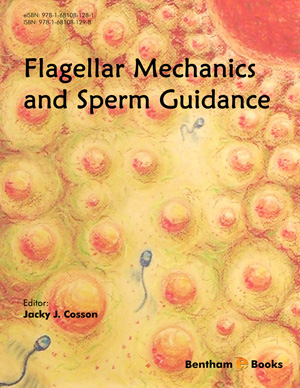Abstract
In this chapter, the uses of most known fluorescent compounds for the microscopic visualization of lipids are described. Particular emphasis is given to the nature of substrates, fixing requirements, dye solubility, and examples of lipophilic stains. Probes for visualizing membranous or lipidic structures in live cells will be also described in Chapter 15.5. Hydrophobic azo and anthraquinone dyes are applied industrially to color fats, paints, plastic resins, rubbers, varnishes and waxes. Some of these dyes are employed to detect lipid droplets and fat-rich components of tissues. Several fat-soluble dyes, particularly bisazo Sudan dyes and Nile red have been routinely used in visualizing lipids [1-3]. Relevant natural and synthetic polyenes such as fluorescent antifungal antibiotics and unsaturated fatty acids will be also described.
Keywords: Carotenoids, Ceramides, Chlorophyll, Diphenyl-hexatrienes, Filipin III-cholesterol, Lipid bilayers, Lipid droplets, Lipochromatic reaction, Nile red, Oil red O, Oxidative deamination, Polyenes, Pentaene fatty acids, Saffron, Solvent dyes, Sudan dyes.





